Huawei Watch GT Ditches Wear OS for Longer Battery Life
Huawei's new smartwatch and fitness tracker are focused on fitness and lengthy battery life.
Huawei is done with Google's Wear OS platform.
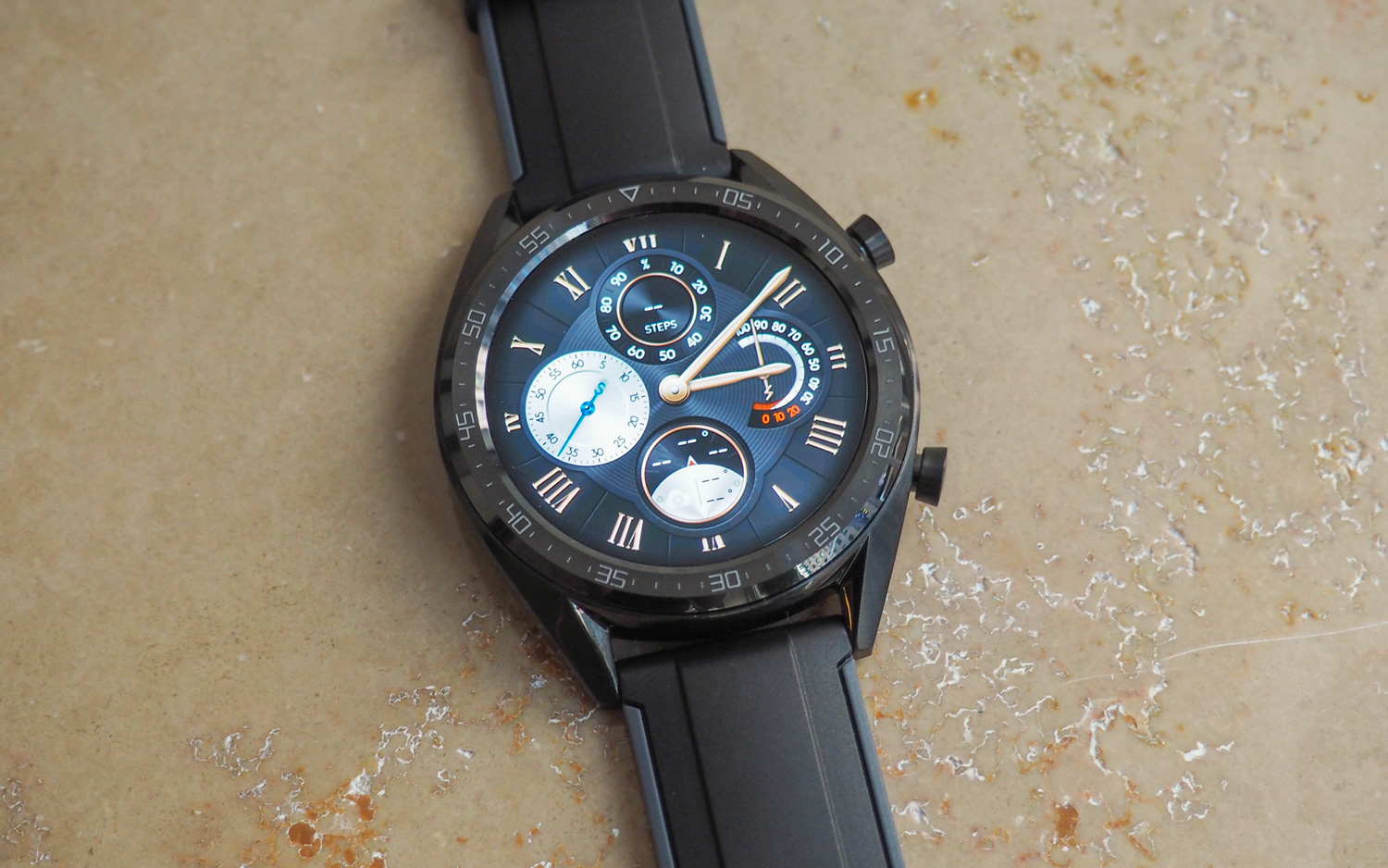
The company announced its latest Android smartwatch, the Watch GT, at an event in London today (Oct. 16). Unlike its predecessors, including last year's Huawei Watch 2, the Watch GT doesn't run Google's wearables platform.
Instead, Huawei's new watch runs the company's own software, LiteOS. Why? Like Samsung, which developed the Tizen OS platform for its lineup of smartwatches, Huawei wanted the freedom to do more — namely, to offer two weeks of battery life in a sport-focused smartwatch.
Watch GT: The anti-Wear OS watch
Huawei designed a new dual processor with a chip to handle low-power activities such as checking the time and a high-speed chip for more active usage. The processor intelligently switches between static and dynamic modes to extend battery life. Qualcomm's Snapdragon Wear 3100 CPU for Wear OS watches is designed to do the same thing, with a coprocessor that offloads lightweight tasks to speed up the watch's performance. But, Qualcomm's new chip is just now finding its way to Wear OS devices, starting with a high-end fashion watch from Montblanc. Huawei clearly didn't want to wait.
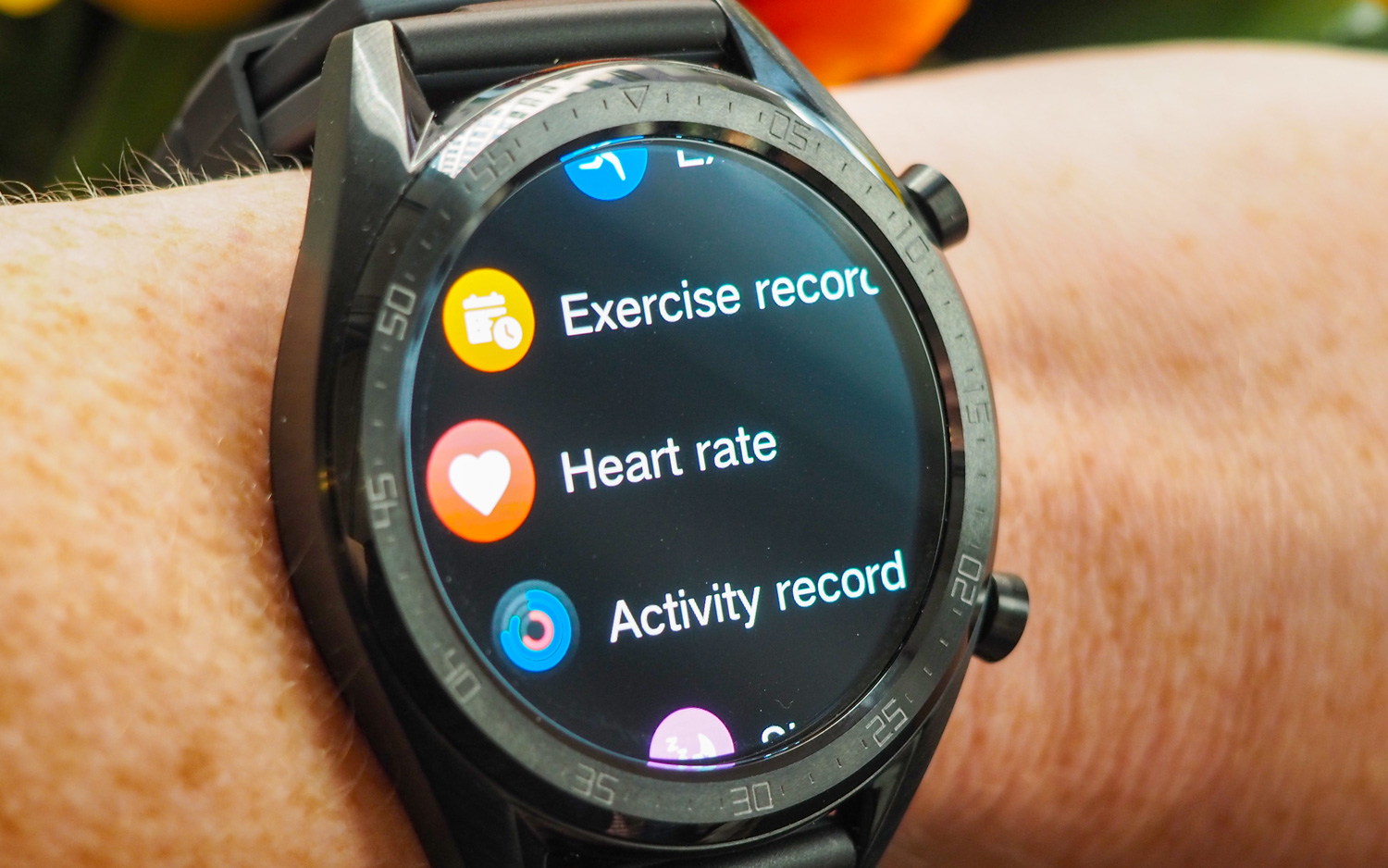
The company claims Watch GT will last two weeks with 90 minutes per week of heart rate monitoring and exercise tracking. If you don't use heart rate or GPS at all while wearing the watch, it'll last up to 30 days. That's pretty impressive, given that Wear OS watches last about a day on a charge, or less if you activate a workout with GPS and heart rate turned on. Samsung's Galaxy Watch lasts four days.
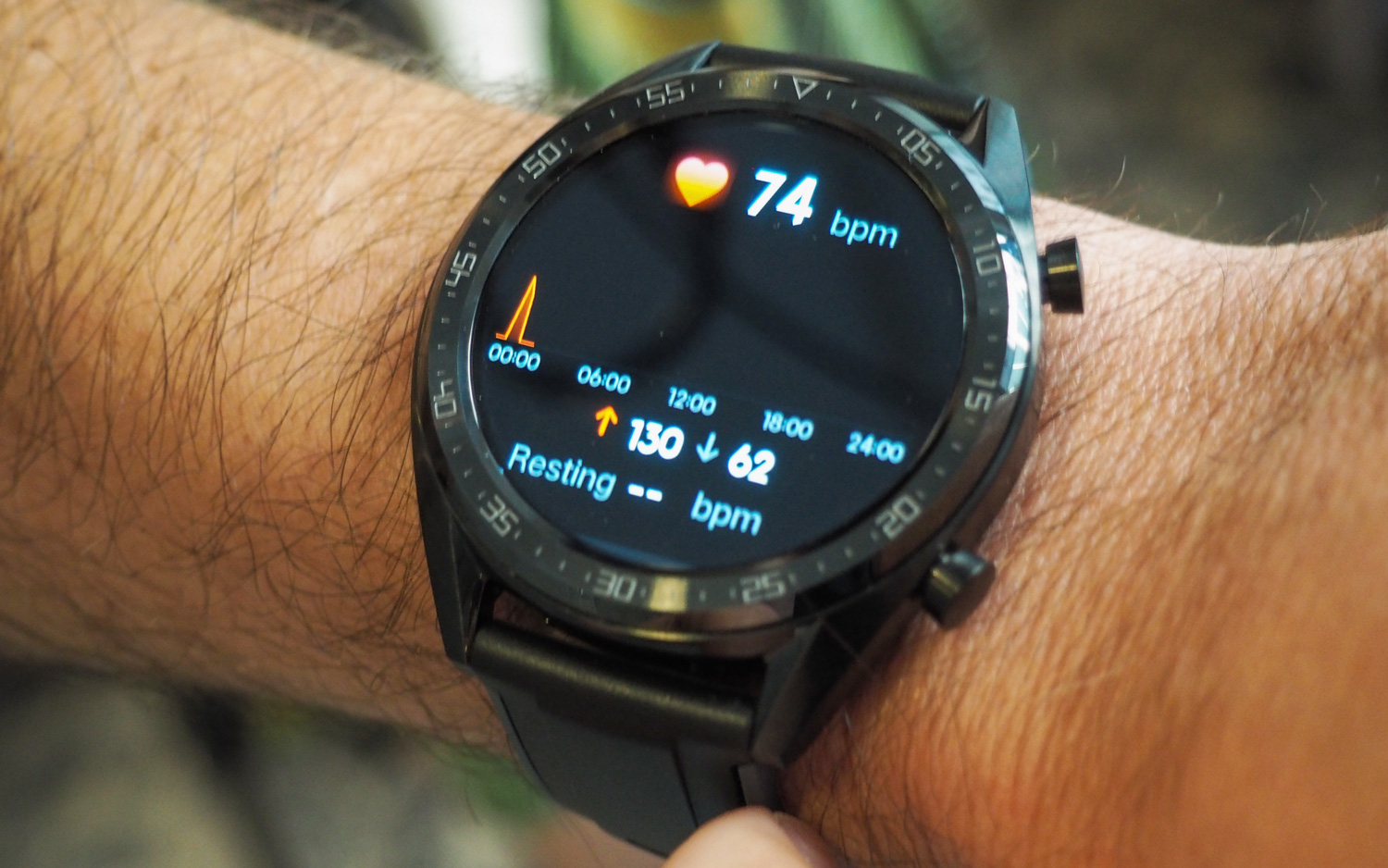
The swim-proof Watch GT has advanced health- and fitness-tracking features, including a heart-rate sensor that uses a self-learning algorithm to recognize how the watch fits on your wrist. Using that feature, the smartwatch can then "clean" the heart-rate data to reduce the noise that can occur if you're not wearing the sensor close enough to your skin or too high on your wrist.
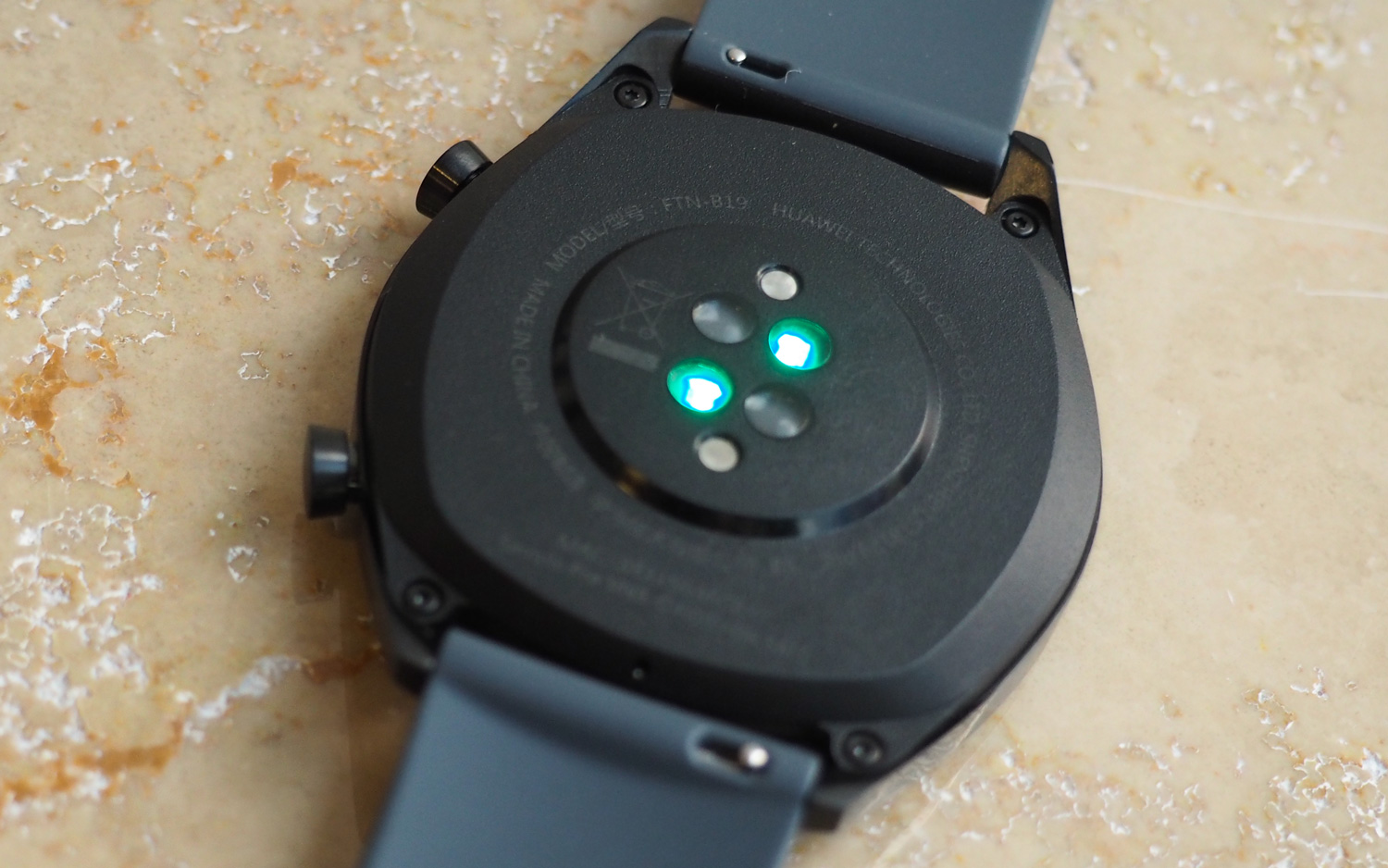
Huawei designed the watch for sports enthusiasts. The device pings GPS, GLONASS and Galileo satellites to triangulate your precise location at any given moment and can track swimming (including stroke type), running, hiking, cycling and walking.
Get instant access to breaking news, the hottest reviews, great deals and helpful tips.

The watch also has a new, intelligent sleep-quality monitor developed in consultation with Harvard Medical School as part of its smarter health assistant.
All of these features come in an unfortunately massive package for smartwatch buyers with smaller wrists. The watch comes in just one size, with a 1.39-inch circular AMOLED display. That's larger than the Huawei Watch 2's 1.2-inch display. To compare, Samsung's Galaxy Watch comes in two sizes: a 42-millimeter case with a 1.2-inch circular display and a larger, 46-mm model with a 1.3-inch display. The Apple Watch Series 4 is smaller still, with a 40-mm and 44-mm model to choose from.

After trying on the Watch GT, I wasn't impressed. The device is massive. The LiteOS interface isn't as elegantly designed as Tizen OS or the new Wear OS. Huawei wins points for the watch's responsiveness, indicating that its processor handles tasks more easily than watches that use Qualcomm's older chip. Apps opened quickly, and launching and saving a workout was instant. But those are table stakes. The competition is getting more intense.
MORE: Best Fitness Trackers for Running, Swimming and Training
Smartwatch makers need to release devices in multiple sizes. Samsung and Apple recognize that. Samsung's newest options are simultaneously stylish and sporty, with solid battery life, to boot. Huawei is limiting itself with the one-size-fits-some Watch GT.
There is a bright spot, however: Huawei's smartwatch starts at 199 Euro for the Sport model and 249 Euro for the Classic version, which is cheaper than rival smartwatches from Samsung and Apple.
Huawei Band 3 Pro: The fitness tracker, upgraded
Huawei has another fitness-focused wearable for those who don't want a smartwatch.

The new Band 3 Pro challenges the Fitbit Charge 3 with built-in GPS, multimode swim tracking for recognizing different laps, and sleep tracking and relaxation training, with 20-day battery life. The Charge 3 connects to your phone's GPS and lasts seven days on a charge.
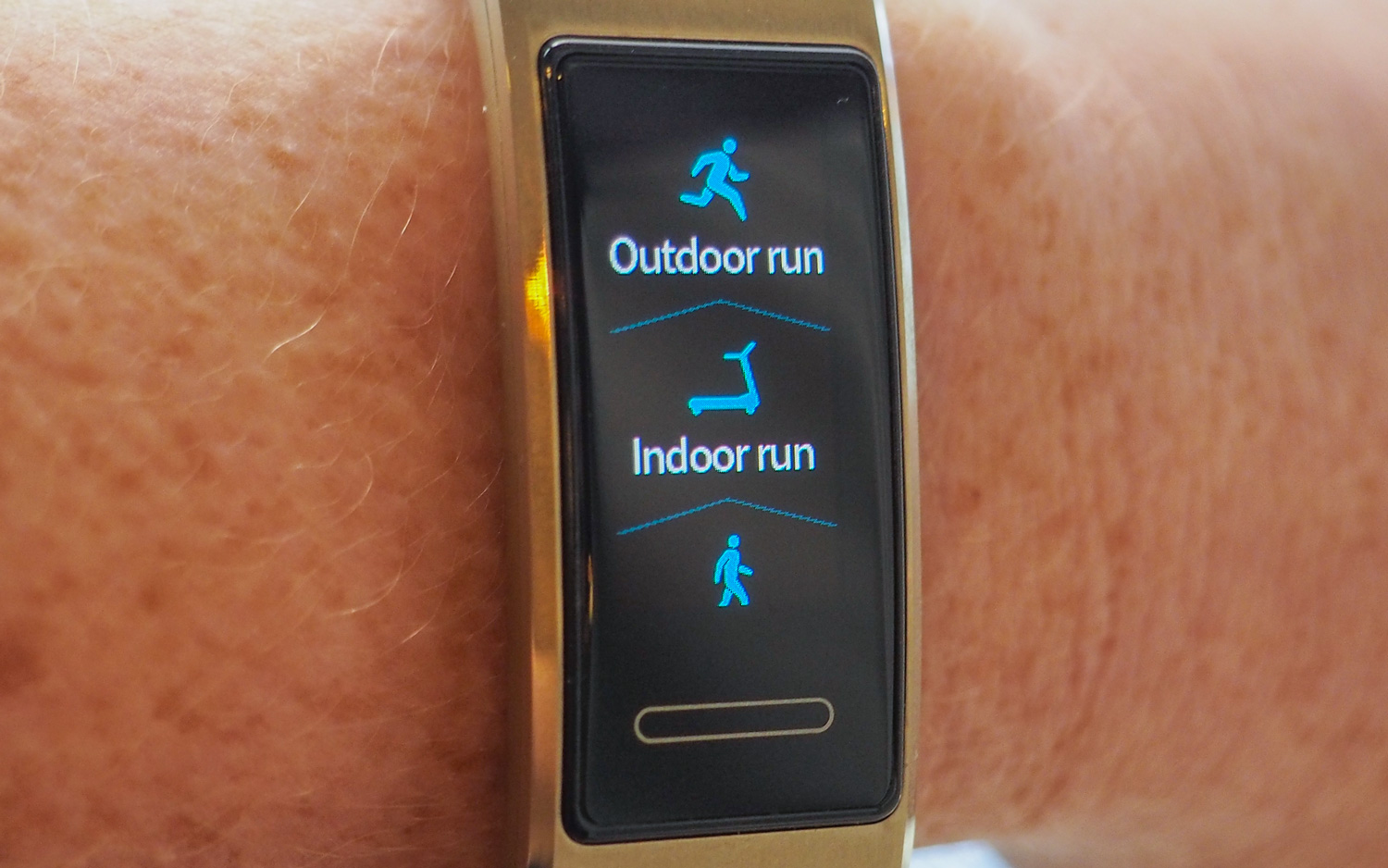
I loved last year's Band 2 Pro, which packed a ton of features into a $69 package. The Band 3 Pro looks to improve upon what was already great about Huawei's fitness trackers with even better battery life and more accurate GPS tracking. The new fitness tracker starts at 99 Euro, though it's unclear what the price will be when the new band arrives in the U.S.
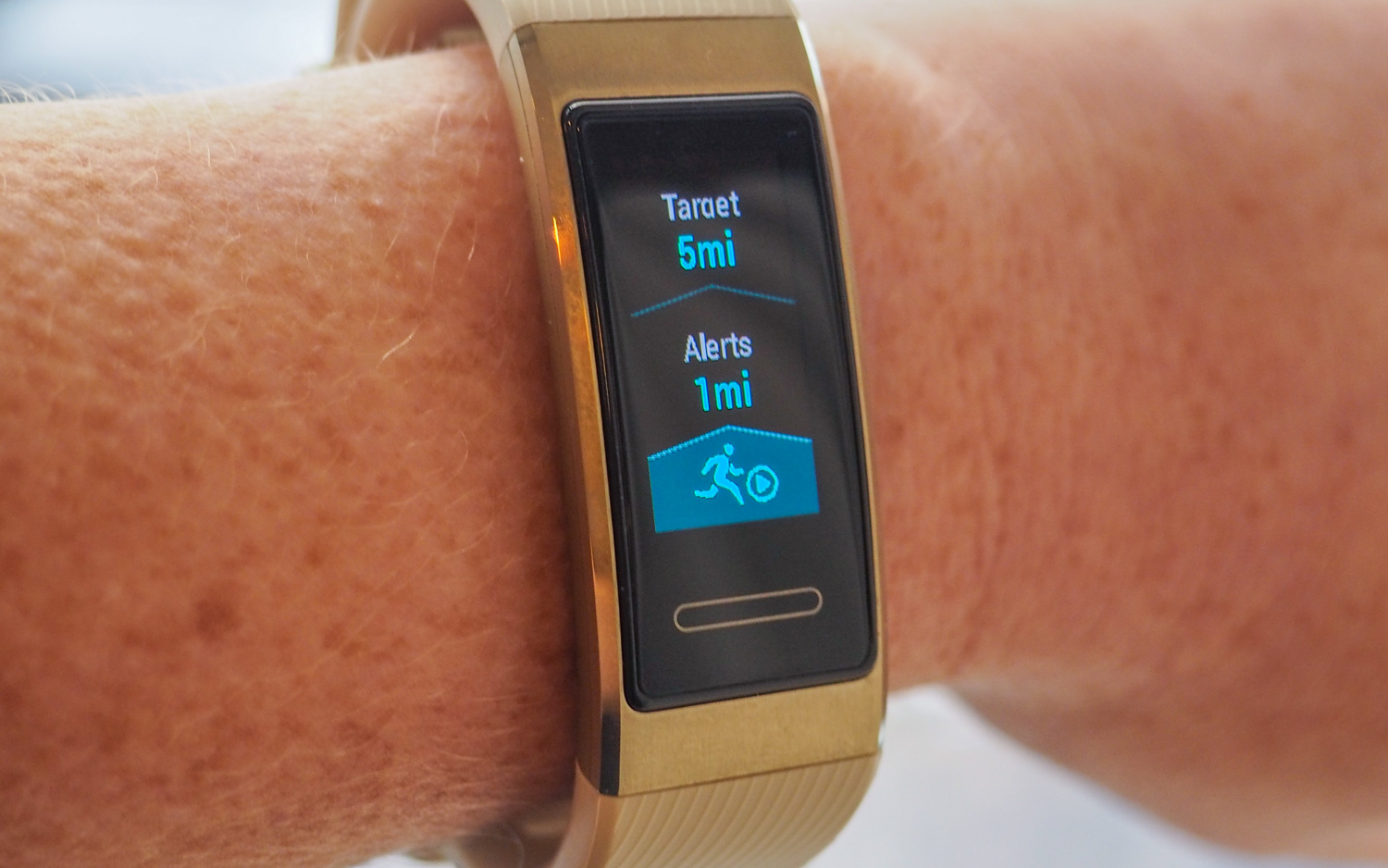
Outlook
Huawei isn't a leader in smartwatches or fitness trackers. Its efforts in the former are lackluster compared to what Samsung and Apple are doing, while its fitness trackers are underappreciated for what they offer. That will likely remain the case with this year's lineup.
But Huawei's move away from Wear OS signals a shift in the Android smartwatch landscape. Is more fragmentation better for watch buyers if it means more advanced features and longer battery life?
We'll soon find out. Stay tuned for full reviews of both the Watch GT and Band 3 Pro.
Credit: Tom's Guide
Caitlin is a Senior editor for Gizmodo. She has also worked on Tom's Guide, Macworld, PCWorld and the Las Vegas Review-Journal. When she's not testing out the latest devices, you can find her running around the streets of Los Angeles, putting in morning miles or searching for the best tacos.
